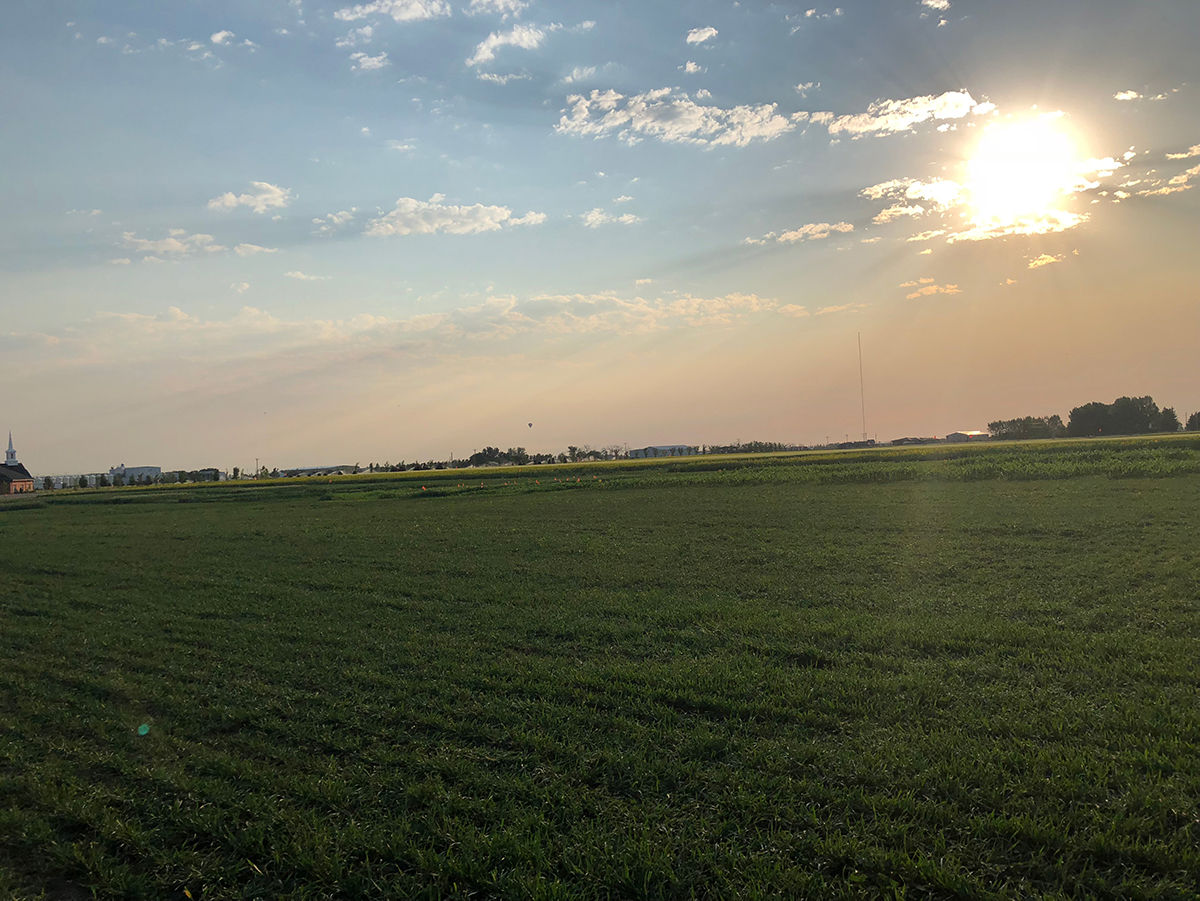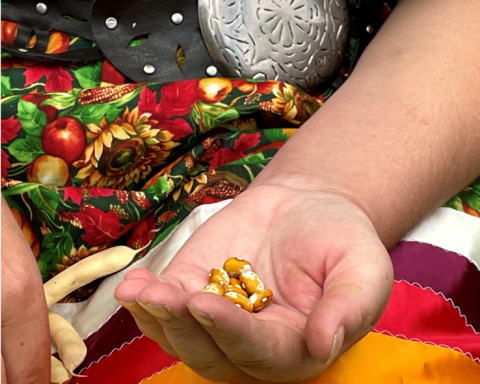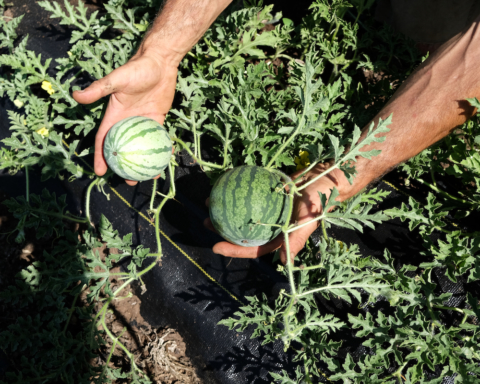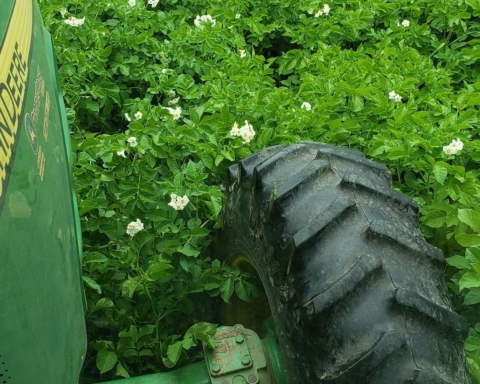A Recipe for Success in Achieving Long Term Soil Conservation
Saikat Kumar Basu
Why Care for our Soils?
Soil is an important constituent of both agriculture and forestry; unfortunately, it is taken for granted most of the time. It is a cheap, easily accessible or available global resource for which we have often forgotten to take the necessary care. We have used it non-judiciously without proper planning and vision for the future.
The concept of soil health has always been there since the dawn of human civilization—but only quite recently have we started to better understand, appreciate, and care for our soils as part of sustainable agriculture. We as humans have possibly matured over time and realized that our exploitative and non-judicious use of our soil resources can limit our long-term agricultural productivity and jeopardize successful crop production.
Unless we are serious enough to take good care of one of our most abundant yet highly sensitive natural resources of this planet, the soils, we ourselves will be solely to blame for the degradation of our soils—thanks to the self-destructive approaches we’ve used to achieve very short-term objectives of making easy profits without thinking deeply about the long-term consequences.
Soil health today has emerged as an important aspect of proper soil management as a component of sustainable agriculture to help in quality crop production without depleting or damaging soil quality and helping in proper soil conservation at the same time (Fig. 1).
What Impacts Soil Health?
Several factors impact soil health, among the most important being over application of fertilizers and pesticides. The soil represents a dynamic ecosystem and an intricate playground of delicate physics, chemistry, geology, and biology. Any chemical application on the soil therefore has some positive or negative impact on the soil quality by interfering with the physicochemical and biogeological processes associated with soil formation. These changes include shifting the soil pH due to various anthropogenic activities that slowly impact the soil quality. Drastic reduction in pH makes soil acidic, while rapid increase in pH leads to alkalinity or salinity; both conditions make the soil unsuitable for a long time for quality crop production. Furthermore, increased emphasis on monoculture associated with our modern industrial agriculture year after year depletes the soil of essential macro and micro nutrients necessary for maintaining optimal soil health (Fig. 2).
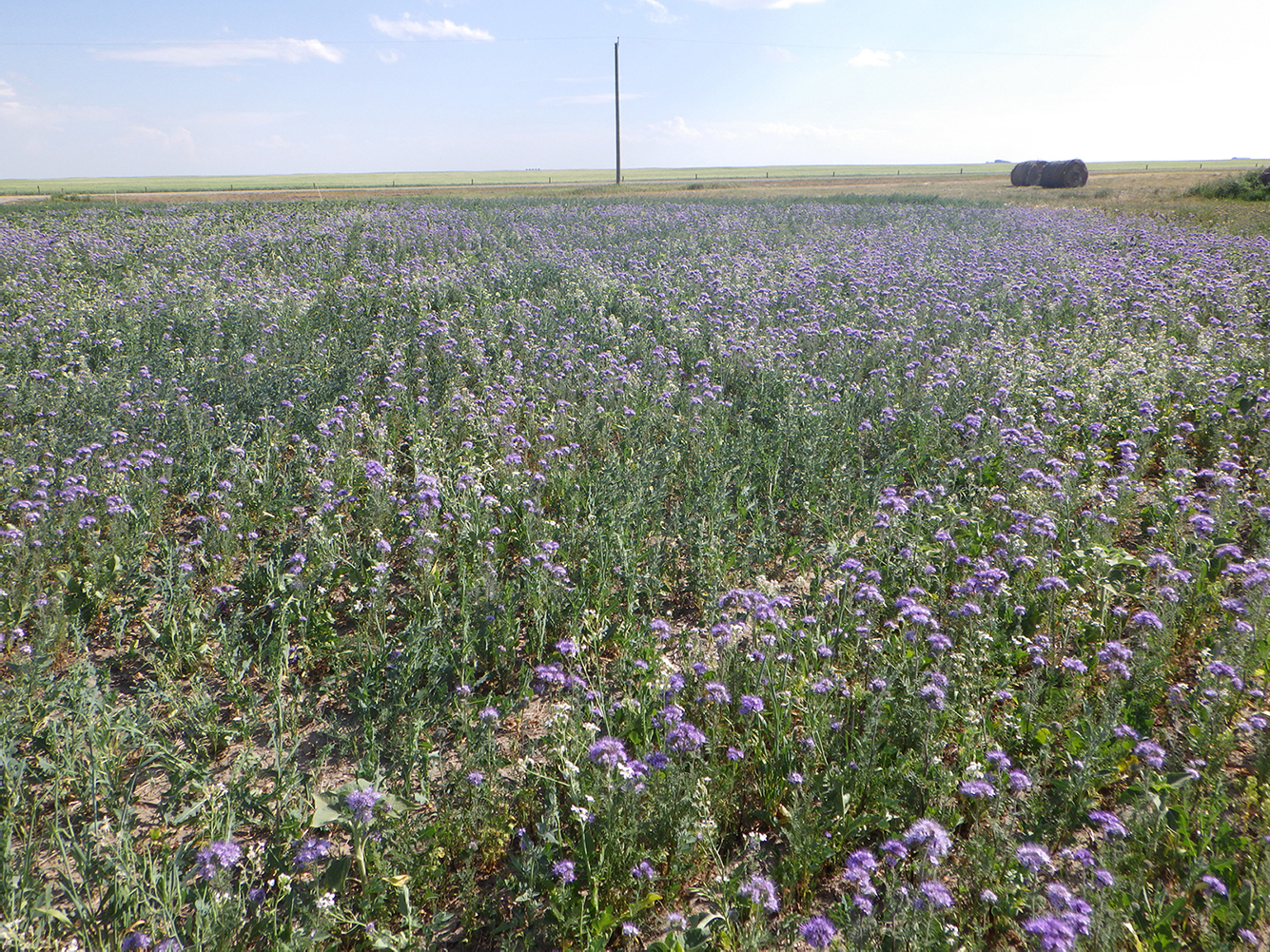
Over application of synthetic chemical fertilizers and various pesticides to secure crop production adds too much pressure on our soil, impacting not only the physicochemical and geological processes active in the soil, but also negatively impacting the soil macro and micro flora and fauna devastatingly over a long period of time. Several beneficial microbes like soil bacteria, Cyanobacteria, soil fungi, soil borne insects, spring tails (Collembola), earthworms, and other critters essential for maintaining soil health suffer population collapse due to non-judicious over application of synthetic fertilizers and pesticides.
Many such chemical residues remain in the soil for prolonged period and often percolate deep into the soil, reaching the groundwater table or adjacent surface fresh water resources via surface run off, with long term negative impacts on both soil and water. Often the beneficial soil macro and micro flora and fauna are altered or replaced by harmful species that prove detrimental to soil health and significantly impact crop production and forest ecology. Random unplanned crop rotations and fallow harm our soil more than we actually realize; making them susceptible to weed and pest infestations (Fig. 3), loss of precious top soil and lower crop production due to poor soil health.

Best Management Practices (BMPs) for Promoting Sustainable Soil Health
To maintain optimal soil health for long term success in achieving quality crop production we need to take necessary steps and plan carefully. This takes needs patience, and deeper understanding, as well as painstaking observations to implement good soil health practices on cropland.
Regular soil tests are important to ensure that we are aware of the excesses as well as depletion of necessary macro and micro nutrients in the soil. We also need to look into the topography of the crop field, the low and high spots in the field, the areas impacted by acidification and salinity issues, detailed history of fertilizer and pesticide applications over the years and the successive crops grown. Any past issues associated with the soil should be recorded for future reference. The nature of pest and weed infestations should be recorded to identify any specific patterns with respect to local pest and weed populations. Such detailed record keeping together with advanced GPS- and GIS-generated high-quality images of the field over the years will provide a farmer or crop producer or a professional agronomist ample reference to make judicious decisions to secure comprehensive soil health strategy and crop management for the future.
Based on the above information, we need to adopt a specific crop rotation plan to ensure that the soil is not exhausted of essential soil nutrients. Application of fertilizers and pesticides should follow manufacturer’s guidelines stringently to avoid over application (Fig 4).

It is also important to note if soil compaction is causing a problem for the field. If this is an issue, then highly mechanized farming activities and movements of heavy vehicles need to be restricted to a specific easily accessible area to reduce negative impacts of soil compaction on the field.
Intercropping could be practised depending upon the farming need and also to use the soil resources judiciously. This can enhance crop production and add crop diversity to the field important for maintaining soil health.
Role of Cover Crops in Promoting Long-Term Soil Health and Soil Conservation
Cover crops are an important aspect for maintaining general soil health if used with scientific outlook and proper planning. Several cover crops choices are available. Annual and perennial legumes, various clovers and sweet clovers, bird’s-foot trefoil, hairy vetch, common vetch, cicer milkvetch, sainfoin (Fig. 5), fenugreek, fava beans, soybeans, field pea or forage pea, cowpea, chickpea, green pea, black pea, different species of beans, oil crops such as annual and perennial sunflower, safflower, flax, forage canola, different mustard species (Fig. 6), brassicas such as forage rape, turnips, collards, radish, forage crops such as tef grass, Sudan grass, sorghum, sorghum x Sudan grass hybrids, corn, cereals such as winter rye, wheat and triticale, different millets, such as Proso millet, Japanese millet, German millet, red millet, special or novelty crops such as hemp (Fig 7) , chicory, plantain, phacelia, buckwheat, and quinoa are only a handful of choices to mention from a big basket of abundant crop species currently available across Canada.
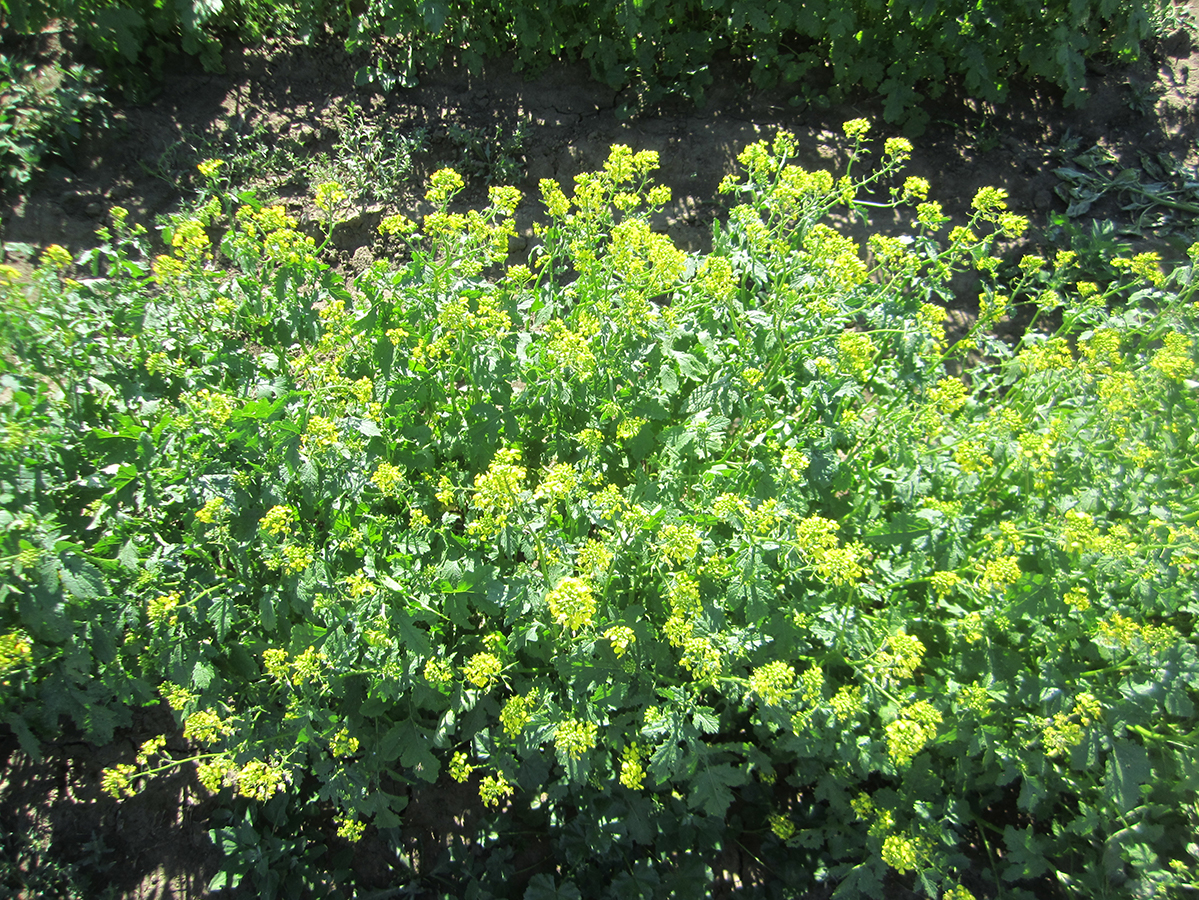
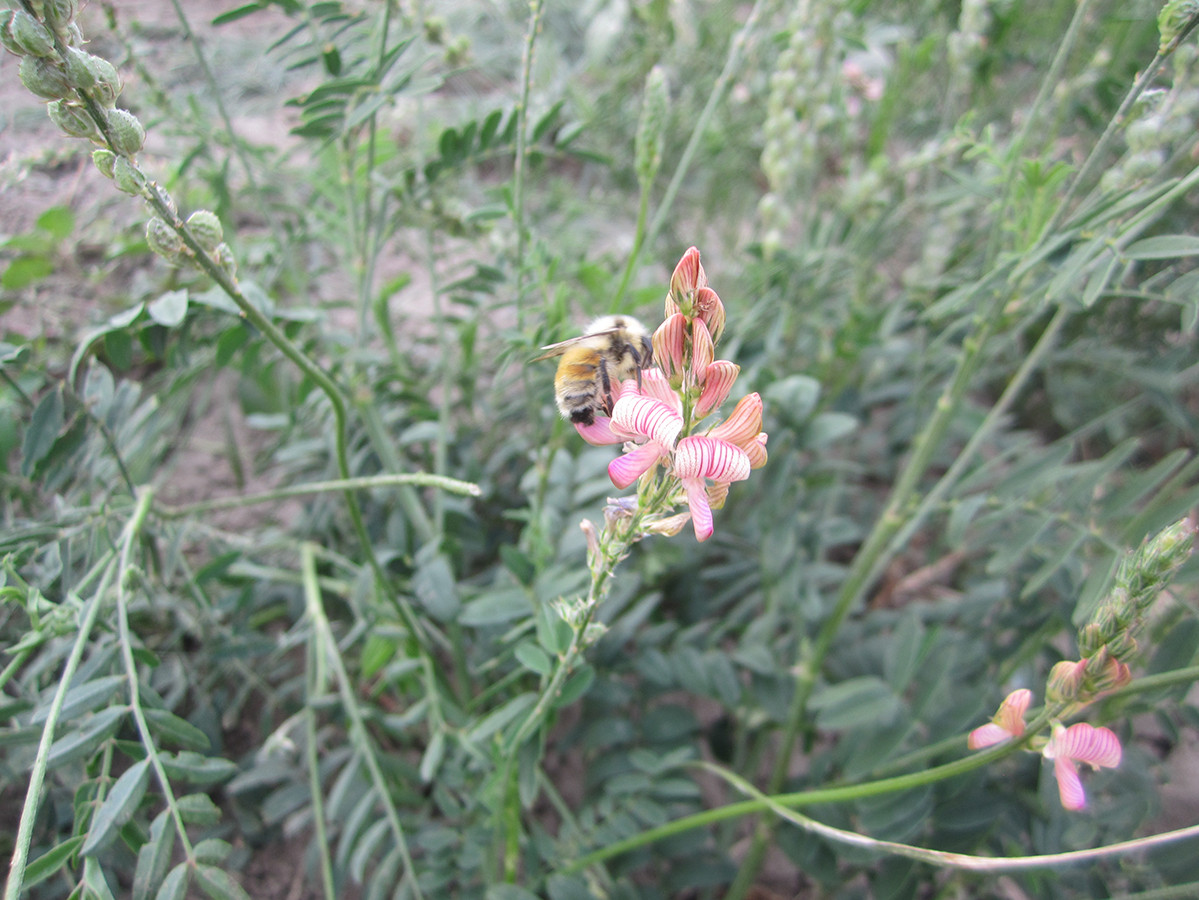
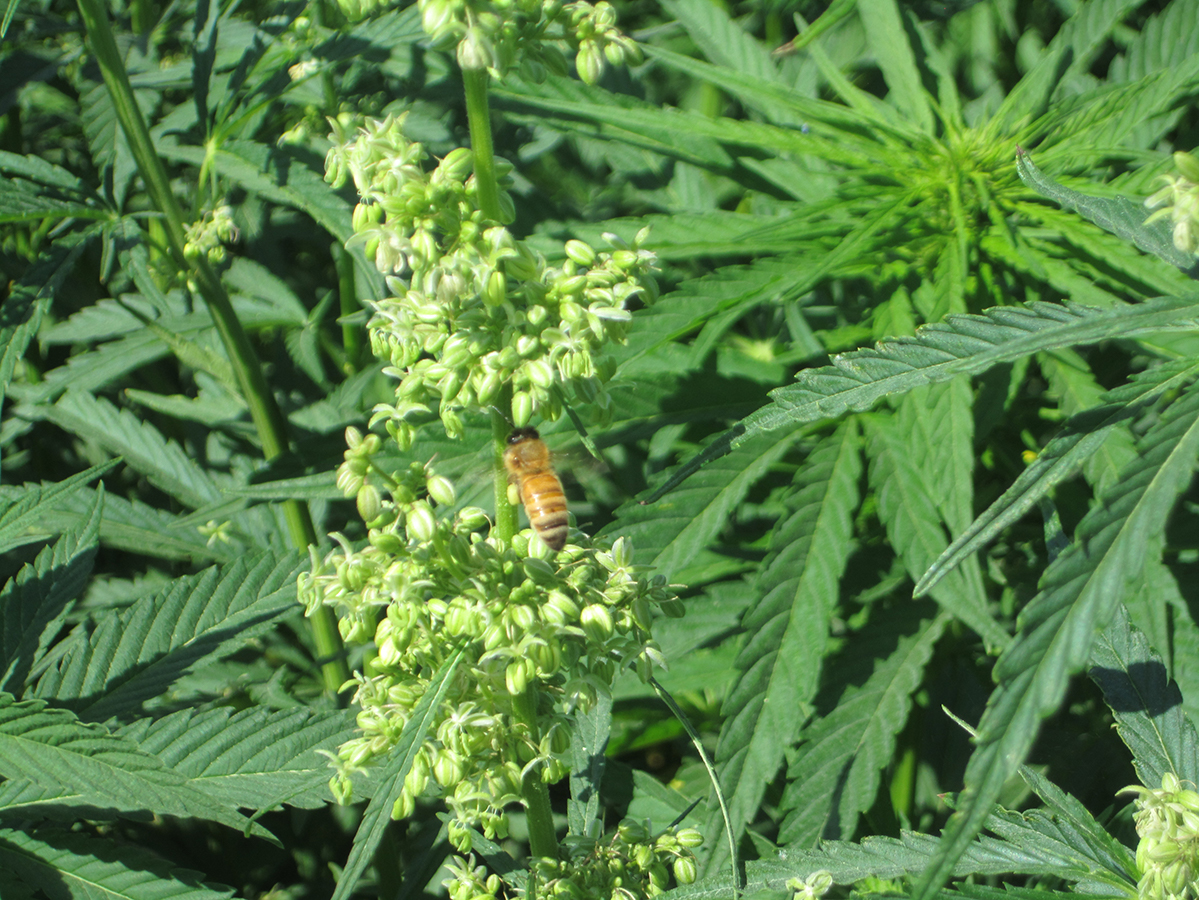
Several grass species such as orchard grass, tall fescue, short fescue, meadow fescue, creeping fescue, chewing fescue, festulolium, timothy, annual and perennial rye grass, Italian rye grass, and various other forage and native species are being used in specific legume-grass mix, in highly planned and organized crop rotations or in soil reclamation and pollinator mixes for attracting insect pollinators to the crop fields and in checking soil erosion effectively.
Cover crops should be selected based on the agro-climatic zone and soil zones of the region and used in planned rotations. Species or different appropriate cover crop mixes are to be selected based on the long-term objective of the crop production. For example, cover crop mixes used as pollinator mixes could not only be planted in the field during a fallow; but can also be used in agronomically unsuitable areas, along field perimeter, under the centre pivot stand, hard to access areas of the farm, shelter belts or adjacent to water bodies or low spots in the field too.
Forage cover crops could be used where the field is partly subjected to animal foraging or grazing or ranching. Similarly, oil crops, pharmaceutical or neutraceutical crops, or specialty or novelty cover crops could be used in crop rotations with major food or industrial crops grown in the particular field in a specific agro-climatic region.
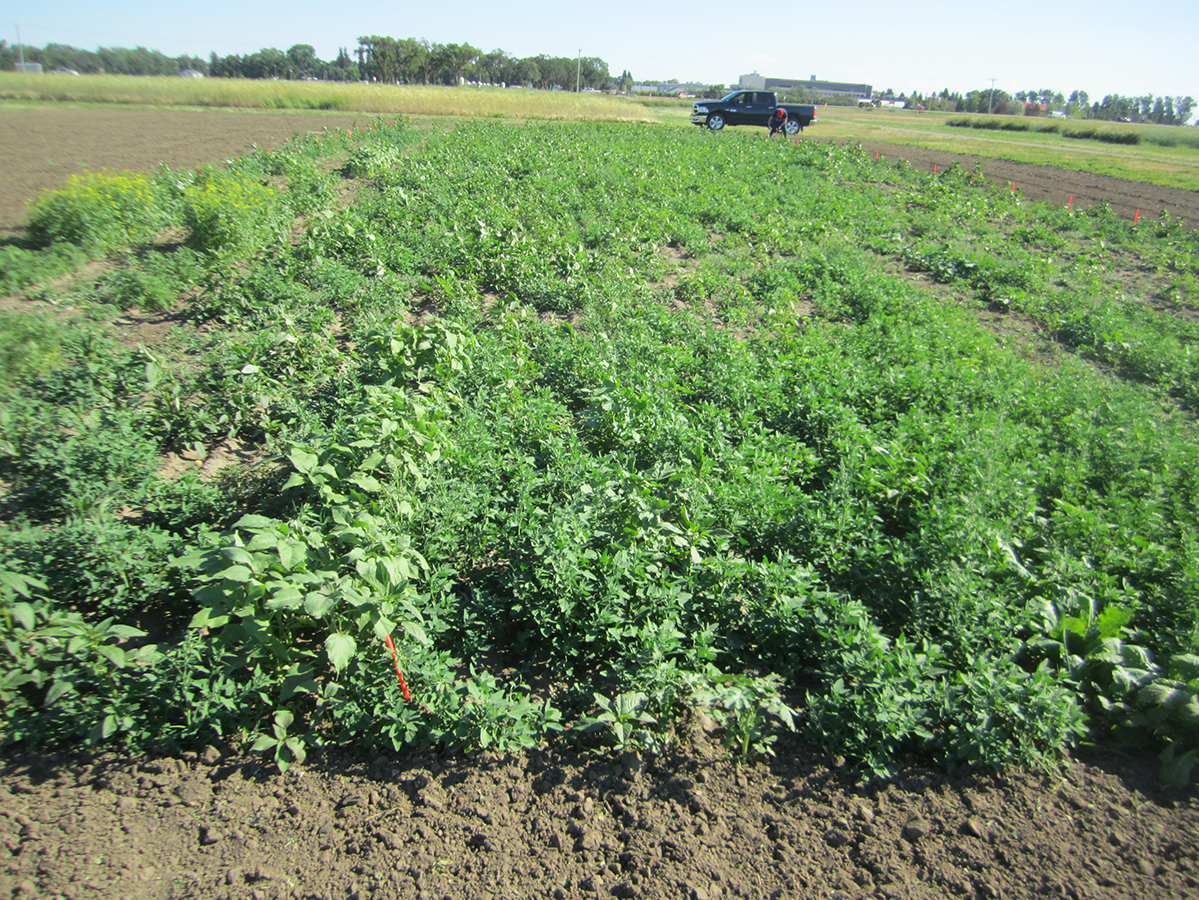
Cover crops not only play an important role in crop rotation cycle; but, also help in retaining soil temperature and moisture as well as protect top soil from erosive forces like wind and water. The presence of live roots in the soil and a rich diversity of crops stimulate the growth and population dynamics of important soil mega and micro fauna and flora for sustaining long term soil health, soil quality and soil conservation. Cover crops help in balancing the use of essential soil macro and micro nutrients in the soil, as well as promoting better aeration, hydration, nitrogen fixation, and recycling of essential crop minerals, assisting bumper production of food or cash crops due to improvement in soil quality for successive high-quality crop production.
It is important for all of us to understand and appreciate that soil is a non-renewable resource and needs special care and attention. Unless we are careful to use this special resource so deeply associated with our agricultural and forestry operations judiciously, we may be slowly jeopardizing crop productivity—and our common future—in the not so distant future.
Proper planning and scientific soil management practices can play a vital role in keeping our soil productive as well as healthy. Use of crop rotations and cover crops are some of the important approaches towards long-term soil health, soil conservation, and crop productivity. We need to learn more about our local soil resources for our future food security and incorporate more soil friendly practices to prolong the life and quality of our soil.
Saikat Kumar Basu has a Masters in Plant Sciences and Agricultural Studies. He loves writing, traveling, and photography during his leisure and is passionate about nature and conservation
Acknowledgement: Performance Seed, Lethbridge, AB
Featured Image: Fig 1. Scientific management of soil health contributes towards long term high quality crop production as well as soil conservation. Image Credit: All photos by Saikat Kumar Basu


